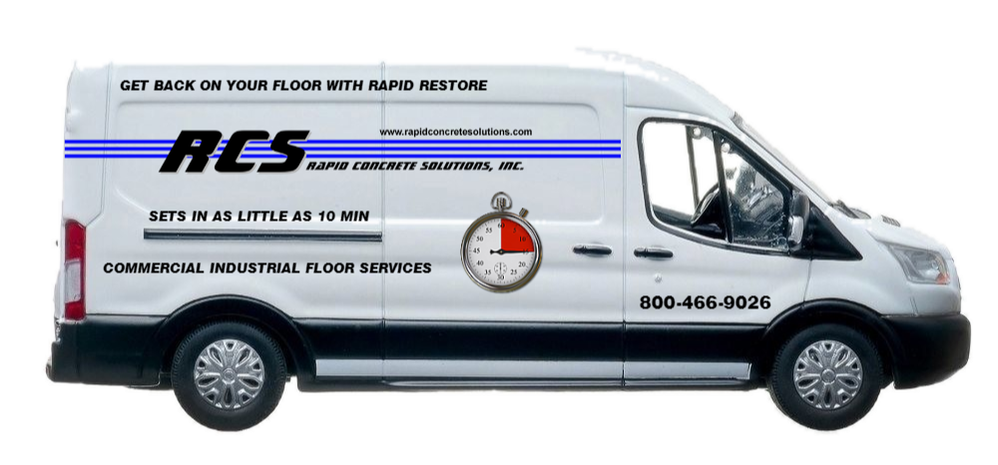Concrete Polishing - The "GREEN" Alternative
Concrete polishing has proven itself to be one of the most effective GREEN floor systems available. Not only is it aesthetically pleasing, but it is cost effective and sustainable as well. Today, builders and contractors are searching for alternative construction methods that offer long term solutions to green design, as well as new ways to reduce costs. Today’s emphasis on alternative construction methods that are earth friendly as well as cost effective make concrete polished floors an outstanding alternative to traditional floor coverings.
The USGBC (United States Green Building Council), a leader in promoting ways to minimizing the impact of construction on the environment, has developed a voluntary points rating system that rewards construction techniques that promote long and short term environmental sustainability. LEED (Leadership in Energy and Environmental Design) points are earned for types of materials, construction techniques employed, energy efficiency and long-term sustainability.
The USGBC (United States Green Building Council), a leader in promoting ways to minimizing the impact of construction on the environment, has developed a voluntary points rating system that rewards construction techniques that promote long and short term environmental sustainability. LEED (Leadership in Energy and Environmental Design) points are earned for types of materials, construction techniques employed, energy efficiency and long-term sustainability.
Polished concrete floors offer many specific LEED advantages over traditional floor treatments:
Reduces Material Costs
Polished concrete uses the existing concrete slab as the base for an aesthetically pleasing, long lasting floor system. The polishing process removes a minimal amount of surface material and puts no harmful contaminants into the air. Polishing requires no extra construction materials and effectively reduces the project’s environmental impact.
This simple and effective process eliminates the need to produce, transport, install, maintain, and eventually replace traditional floor systems. Traditionally floor coverings such as paints, coatings, tile, VCT tile, hardwood and carpet all have a limited life cycle. They need to be removed and replaced, repeating the original cycle of production, transportation, installation and maintenance. Ultimately the removed materials end up in landfills posing future environmental hazards.
Reduces Short Term and Long Term Costs
The concrete polish process eliminates the costs of producing, shipping, installing and maintaining traditional floor systems. Even eco-friendly and recycled floor products don’t solve these issues.
The hardened and densified nature of polished concrete makes floor maintenance faster, easier and less expensive. It requires no sealers or waxes. These sealers and waxes need to be periodically stripped and re-applied. Polished floors can be installed in shorter time frames and being a dry process allows other contractors to keep working, thereby speeding the time it takes to complete the overall project.
Traditional floor systems have a limited life cycle and need to be removed and replaced. Often the cost to remove and replace exceeds the initial cost of installation. Polished concrete requires only a periodic re-polish or “buff” every 5-8 years to maintain its original shine. This re-polish is done in a fraction of the time and at a fraction of the cost.
Improves Energy Efficiency
The concrete polish process allows the customer to specify desired reflective levels from matte to highly reflective “mirror like” surfaces. Highly reflective floors increase overall light levels by reflecting upwards the light from ceiling fixtures. Estimates for improved light levels can reach 20% and help reduce the number of light fixtures used in construction, thereby reducing both initial investments and long-term energy costs.
Reduces VOC’s (Volatile Organic Chemicals) and Other Airborne Contaminants
A large percentage of the population has sensitivities to airborne contaminants and VOC’s (Volatile Organic Chemicals). They create odors and affect indoor air quality. The polishing process uses optional water soluble sealers with low VOC levels. Polishing also uses highly efficient HEPA vacuums to remove 98% of the airborne particles generated during the polish process.
Traditional floor systems are heavily dependant on hazardous chemicals, adhesives, strippers, and other chemicals used in the manufacturing and installation of carpets, tiles, coatings, and other flooring. Polishing eliminates the need to use any other these potential harmful substances.
To learn more about the United States Green Building Council and its LEED rating system visit their website: www.usgbc.org
|
Rapid Concrete Solutions, Inc.
13500 Pearl Rd., Suite 139 - 339 Cleveland, OH 44136 Headquarters (800) 466-9026 (EST) |





